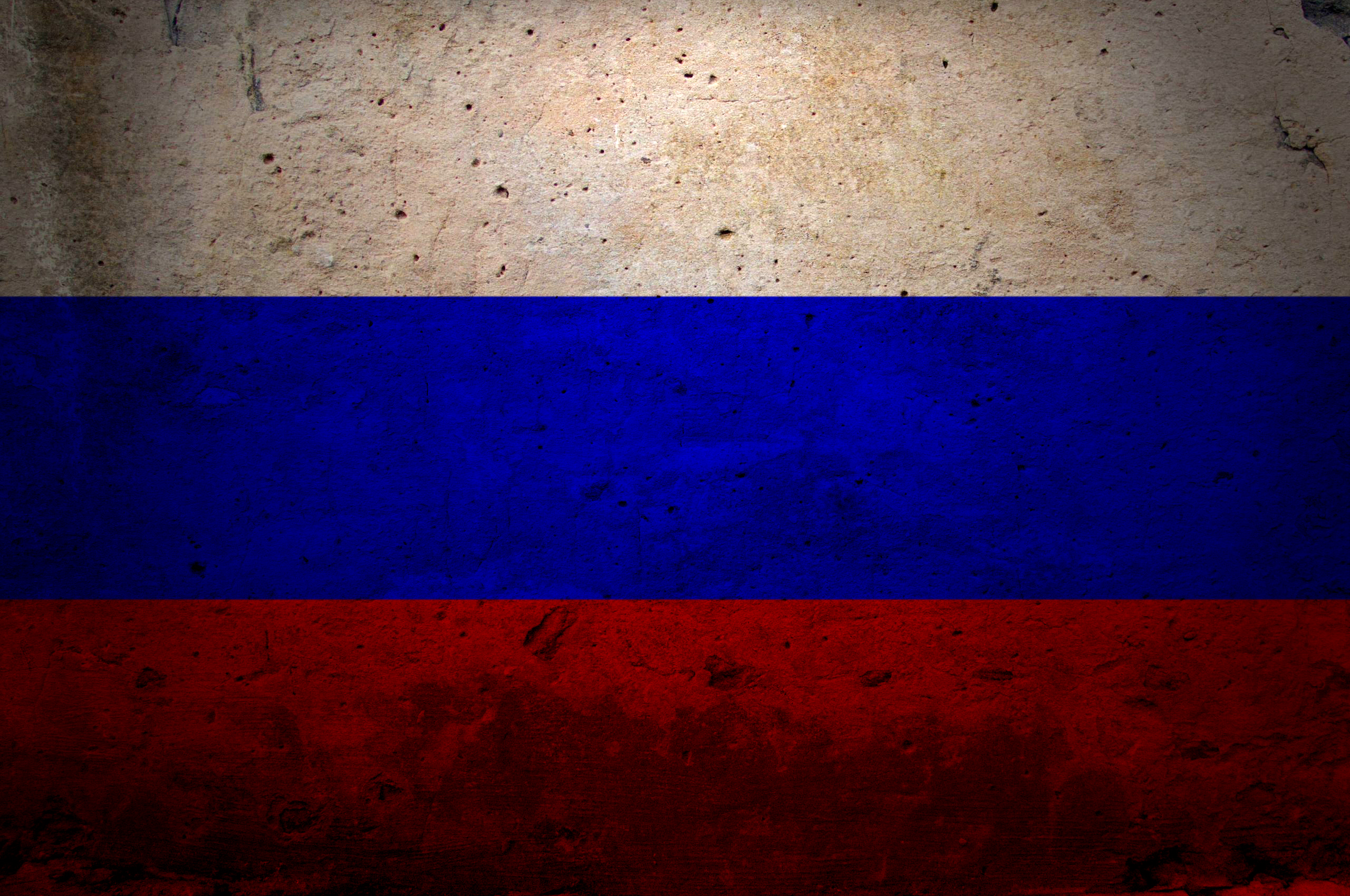

Standard of the Chief of the General Staff Replicas of the Victory Banner can be used alongside the national flag on Victory Day. The Banner of Victory raised on the Reichstag in 1945. The Symbol of Victory Banner was an alternative to using the historic Victory Banner, which contained the hammer and sickle. In 2007, following pressure from Red Army veterans, the original Victory Banner design replaced the 1996 variant, and has since then served its usage in virtually every single Victory Day parade held across Russia. It was amended in Russian law in 1996, but with a new design to distance the new Russian state from any usage of Communist iconography. It signified the victory over Nazi Germany, and served as the main symbol of victory of the Soviet people. The Victory Banner was a historical banner raised atop of the Reichstag building in Berlin, by the Red Army, on May 1, 1945. On December 29, 2000, Russian President Vladimir Putin signed a federal law making the naval ensign of the Russian navy the official banner of the Russian Navy. The ensign of the Russian Navy is used as the banner of the Russian Navy.

It became the banner of the newly created Aerospace Forces branch, which saw the merger between the Russian Air Forces and the Air Defence Forces on August 1, 2015. 141 on February 4, 2002, by Vladimir Putin. The banner of the Russian Air Forces was introduced by decree No. It is similar to the above banner, but doesn't have stars and inscriptions, on the reverse side is the middle emblem of the Russian Ground Forces.

The banner of the Russian Ground Forces was introduced by decree No. The reverse side also contains two pieces of text written in old style Slavic typeface, the top side of the banner contains the inscription "Fatherland" ("Отечество") and on the bottom side the inscription reads "Debt of Honor" ("Долг Честь"). It also contains four stars in each corner of the banner to symbolize the heritage of the Soviet Armed Forces. The banner follows the principles and format of historically older Russian military flags that were last used prior to the Russian Revolution in 1917. This banner consists of two double-headed eagles, on the obverse side is the coat of arms of the Russian Federation, and on the reverse side is the middle emblem of the armed forces of the Russian Federation. The present banner of the Armed Forces of Russian Federation is introduced under a resolution by State Duma in June 2003. It was a plain red field, it symbolized the traditional red color of the Armed Forces of the Soviet Union. The first banner of the Armed Forces of the Russian Federation was introduced on 8 December 2000, later confirmed by Federation Council on 20 December and signed by Vladimir Putin on 29 December. Light blue field with the Russian Space Forces emblem (Space Forces Circumflex).įlags of the Rear of the Armed Forces FlagĮach branch of the Armed Forces has a representative banner, one for the Ground Forces, the Aerospace Forces, the Navy, and one to represent the entire Armed Forces as a whole. The Air Defense Forces does not have a flag. The Aerospace Forces are a branch of the Armed Forces of the Russian Federation, it has three arms, the Russian Air Force, the Air Defense Forces, and the Russian Space Forces. Not to be confused with the Air Defence Troops of the Aerospace Forces.įlag of the Main Directorate of the General Staff
Russian collection of flags update#
The ensign of the imperial Russian Navy was revived in 2000 for usage in the modern day Navy when it was finally decided on December 29, 2000, to update all existing flags to the original dark blue rather than the light blue.Ī bicolour of horizontal stripes, blue and green defaced with the Russian Airborne Forces emblem.įlags of the arms of the Ground Forces of the Russian Federationįlag of the Nuclear, Biological and Chemical Protection Troopsįlag of the Air Defence Troops of the Ground Forces The new flags of the Russian Armed Forces are heavily inspired by the regimental banners and flags of the late Imperial Russian Army and Navy.

Following the collapse of the Soviet Union in 1991, for a brief time, many Soviet era flags were still in use until new designs replaced them in the early 2000s.



 0 kommentar(er)
0 kommentar(er)
